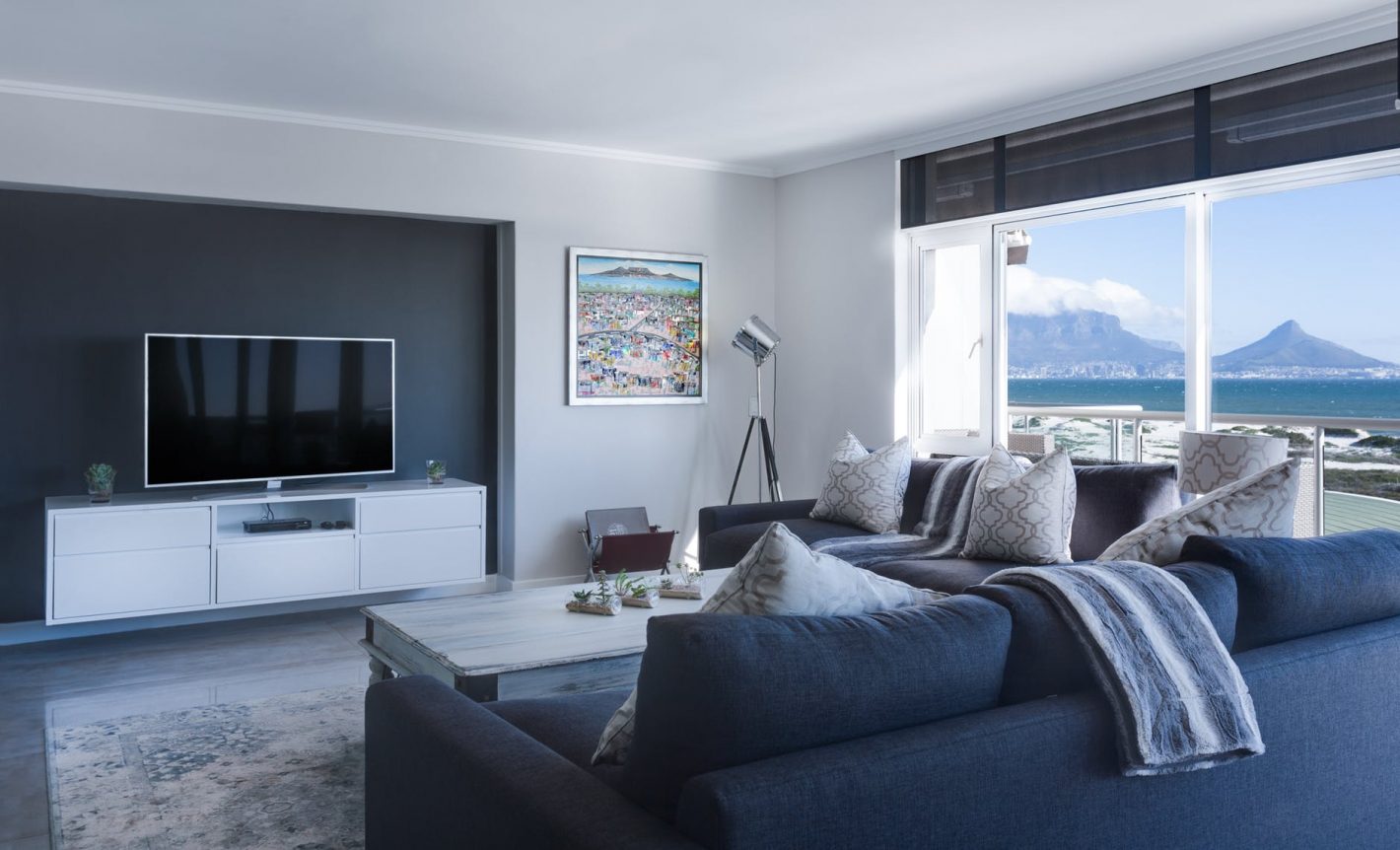Planning the layout of your new home is more than just choosing the drapes and the color of the carpet – there are important fundamental considerations for how the house will function. For example, you need to take some time to consider the HVAC system. These decisions affect the comfort of your home on the hottest and coldest days of the year, the air quality year-round, and your monthly electric bill. Here are a few tips for designing the perfect HVAC system.
Consider Your Home’s Size and the System’s Capabilities
Many people utilize an equation to estimate the ideal size of the AC system they need. However, the equated size is rarely a round number. Unfortunately, many people round down instead of up, and then end up over working their undersized air unit. This drives up their energy bill and prevents their system from adjusting the temperature of their house efficiently.
If your home is more than three thousand square feet, unless you go with a ductless system and baseboard heater, you may need two or more units to maintain a comfortable temperature. Otherwise, central air systems will have trouble delivering cold air to the farthest reaches in larger homes. Additionally, two-story homes can benefit from a multi-unit setup regardless of square footage. As such, you need to do your research before you choose the system that will work for your property.
Don’t Forget the Ductwork
First, consider the size of your ducts. If your return ducts are too small, then your system won’t be able to properly filter air through the return grills. This interferes with air recirculation, meaning that your air won’t feel fresh. Ductwork locations are another consideration – they should be designed to run in the opposite direction of your floor joists. You should also design the rest of the home so that the ducts don’t have to snake around various fixtures and supports. Open web joists are an option, but they’re much more expensive.
Place Equipment Where It Is Discreet but Accessible
While you don’t want the sump pump or air conditioner on display for everyone walking into your home, you don’t want it to be inaccessible when it needs maintenance or repairs. Put this equipment in a low traffic area that’s easy to reach when necessary.
If you install anything to hide it from view, don’t do so at the cost of its performance. That means not having high walls around an AC unit that prevent it from getting adequate fresh air at the intake. It also means not having high bushes or trees that could clog the air intake. Finally, the mechanical walls should be in the opposite direction of the floor joists.
Think about All Maintenance Requirements
A new home requires little maintenance, but the equipment will eventually need it. You can save yourself a lot of hassle by choosing an air conditioner, furnace and ducts that use standard sizes of air filters. If you do end up with an AC or vents that are an unusual size, FilterBuy provides a range of sizes. You can save money by buying little filters for individual vents and the large filters that for the central unit.
This site is also a great resource if you don’t know what type of filter to buy. They allow you to search for filters based on the AC manufacturer MERV rating, and size. If you don’t know what size the filter is, use a tape measure to get the exact length, width and depth. Pay attention to the fractions of an inch, as it does matter in filter selection. Most filters have a nominal size where you can round up to the nearest inch.
Your HVAC system and its performance have a massive effect on your quality of life. Take every factor that affects its design into account so that you’re truly comfortable in your new home.

